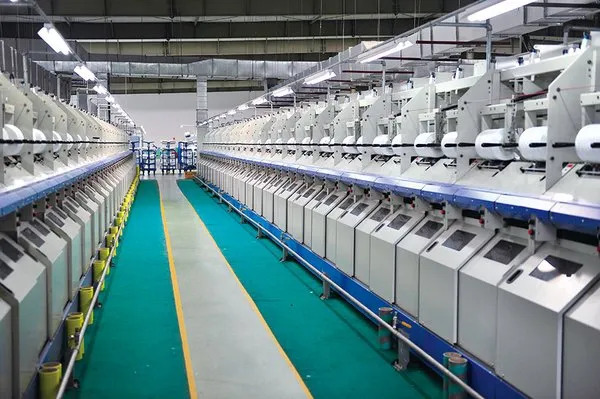Textile market has changed a lot after the epidemic of coronavirus,here SUNTECH will provide you the latest information about the market.
The time span covered by the research is from 2019 to 2029, with 2020 acting as the benchmark year for comparison. Because of the many applications that may be made using textiles, their demand is growing at an alarming rate. It is anticipated that textiles would have a better standard of quality and will be friendlier to the environment.
The demand for textiles is increasing as a direct result of the need of textiles as well as the many applications that make use of textiles. It is anticipated that textiles would have a better standard of quality and will be friendlier to the environment. Because of the superior qualities that these textiles possess in comparison to their more traditional analogues, they find employment in a variety of applications that fall outside of the norm. Because of their better technical performance, increased strength, and increased versatility, they are suitable for usage in a variety of settings, including commercial, residential, and industrial applications.
An important step forward in the development of textiles technology came about with the discovery of polyamide, which is more commonly known as nylon. Because it can be heated and spun into incredibly thin strands, much like natural textiles, it is presently commonly employed as a fabric in the production of clothing and is used extensively in this capacity. When compared to the quality of ordinary textiles, the quality of technology textiles is much higher.
The rapid expansion of the sector may be attributed to the wide range of applications that are used in the company. The development of technical textiles has resulted in the establishment of significant textile brands, which have seen a consistent increase in their revenue throughout the course of time. The textile industry is pushing the boundaries of technical textile development in order to secure wider usage and increased sales of technological textiles. It is anticipated that the technical industry would grow in the years to come.
It is anticipated that the market for polymer synthetics would see significant growth over the next several years.
Natural fibers, as opposed to synthetic ones, are increasingly being used as reinforcing components in polymer composites used for engineering materials. This change is being made in response to growing concerns about the environment. Because of its dynamic features as well as its reputation as a product that is known to last for a long time and is beneficial to the environment, the textile industry depends largely on synthetic polymer. Composite materials that are reinforced with synthetic fibers and have high levels of strength and stiffness find widespread use in the aerospace and automotive industries.
To produce synthetic polymers, which are made from petroleum and other raw materials like wood, chemicals and petrochemicals are used throughout the manufacturing process. The employment of synthetic polymer technology may be seen in a variety of applications, such as bulletproof vests, heat-resistant apparel, high-performance sports equipment, heavy-lifting lines, and tow cables, amongst other applications. In 2019, polymers represented sixty percent of the market and are forecasted to continue their rapid growth in the years to come. In diverse regions of the globe, people make use of a wide variety of fibers, some of which are synthetic, others natural or regenerated, and yet others regenerated.

The market for technical textiles has robust growth during a pandemic.
As a result of the pandemic, there was a large increase in the demand for healthcare equipment and masks, which in turn led to an increase in the production of technical fabrics. In the medical industry, there was a decline in demand, while the supply was at an all-time high.
The textile industry suffered substantial setbacks during the early stages of the lockdown imposed as a result of the epidemic, but the industry has just started to make a comeback. The interruptions in China's supply chain and the worries of investors about China's ability to maintain its business continuity have resulted in a significant increase in the number of orders being placed.
There is a good chance that the current circumstance will be very beneficial to the textile industry, both in terms of growth and exports. Because India has such a large supply of cotton, the country also has a thriving textile industry. Nevertheless, despite the fact that both Vietnam and Bangladesh have well-established export capacities, India's textile innovation is much more extensive than that of either of those countries.
It is just a matter of time until brick-and-mortar retail in the textile industry is eclipsed by e-commerce as the primary sales channel. The dependence that people place on their sense of touch has decreased throughout time. The textile sector will rely more and more on digital sales and marketing to attract customers via the usage of social media influencers.
If you have interest in the non woven machinery/ non woven machine and other machines, you can enter SUNTECH to discover more!




